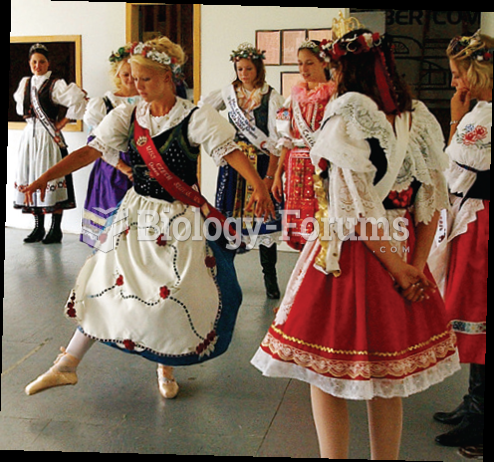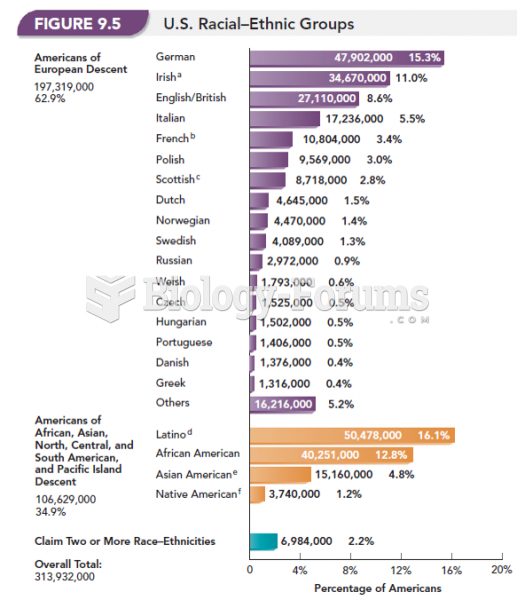Answer to Question 1
True
Answer to Question 2
Many frail, older people live alone or in a family setting where care is provided informally by family or friends. Relatives (especially women) provide most of the care. Only about five percent of frail, older persons are currently living in nursing homes. Support services help older individuals cope with the problems in their day-to-day care. These services are often expensive even when they are provided through state or federally funded programs, hospitals, or community organizations. Homemaker services perform basic chores (such as light housecleaning and laundry); other services (such as Meals on Wheels) deliver meals at home. Day-care centers have also been developed to help older persons maintain as much dignity and autonomy as possible. These centers typically provide transportation, activities, some medical personnel (such as a licensed practical nurse) on staff and nutritious meals.
Some older adults remain in the residence where they have lived for many yearsa process that gerontologists refer to as aging in place. Remaining in a person's customary residence is a symbol that he or she is able to maintain independence and preserve ties to his or her neighborhood and surrounding community. Some older adults move to smaller housing units or apartments. This type of relocation frequently occurs when older people are living in a residence that does not meet their current needs. More housing alternatives are available to middle-income and upper-income older people than to low-income individuals.
These include retirement communities. Residents of retirement communities purchase their housing units and in some instances pay additional fees for the upkeep of shared areas and amenities such as a golf course, swimming pool, or other recreational facilities. People needing assistance with daily activities or desiring the regular companionship of other people may move to an assisted-living facility. Some of the facilities offer fully independent apartments and provide residents with support services such as bathing, help with dressing, food preparation, and taking medication. The most restrictive environment for older persons is the nursing home setting. Many nursing home residents have major physical and/or cognitive problems that prevent them from living in any other setting, or they do not have available caretakers in their family. Women are more likely to enter nursing homes because of their greater life expectancy, higher rates of chronic illness, and higher rates of widowhood.







